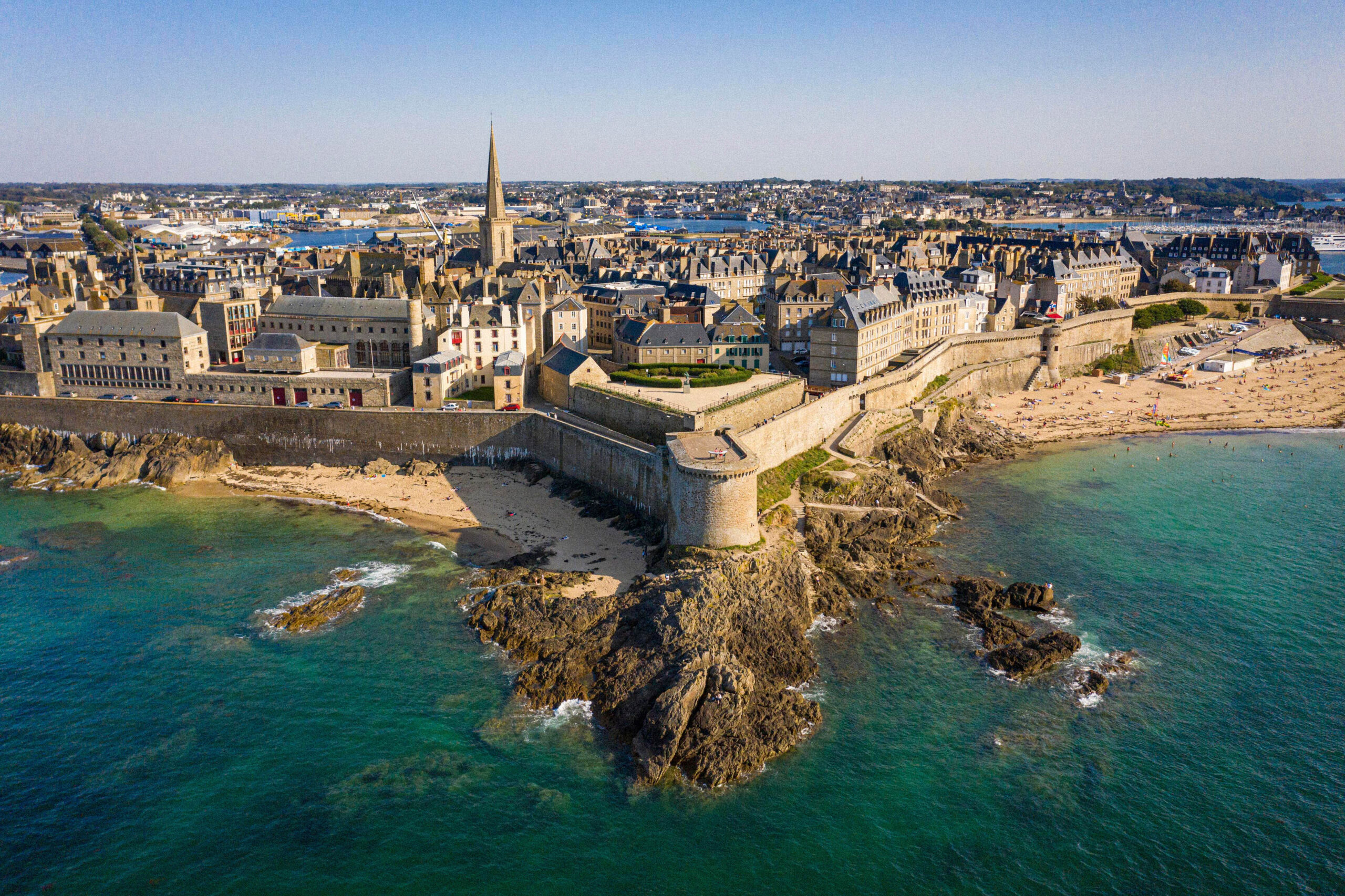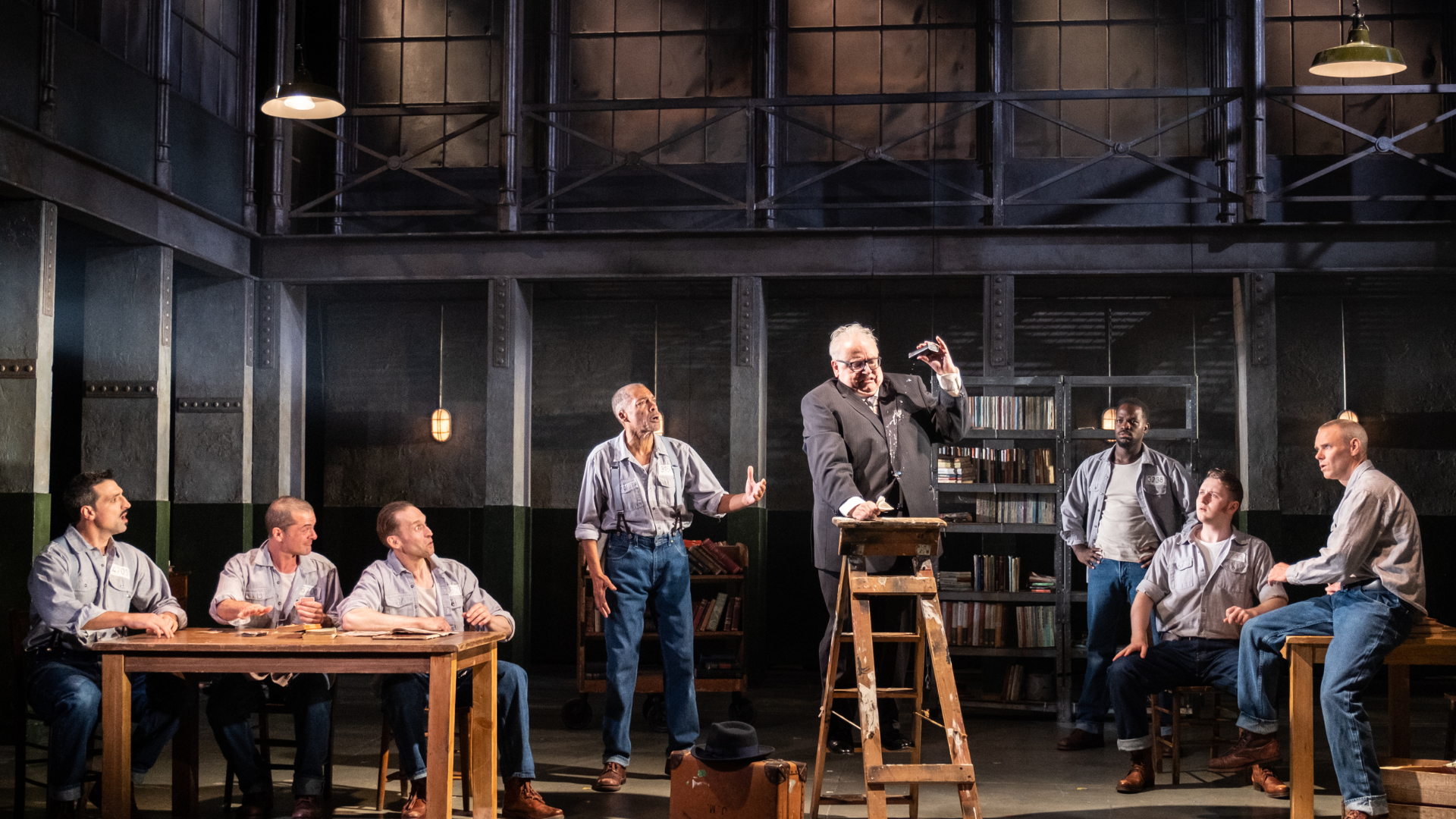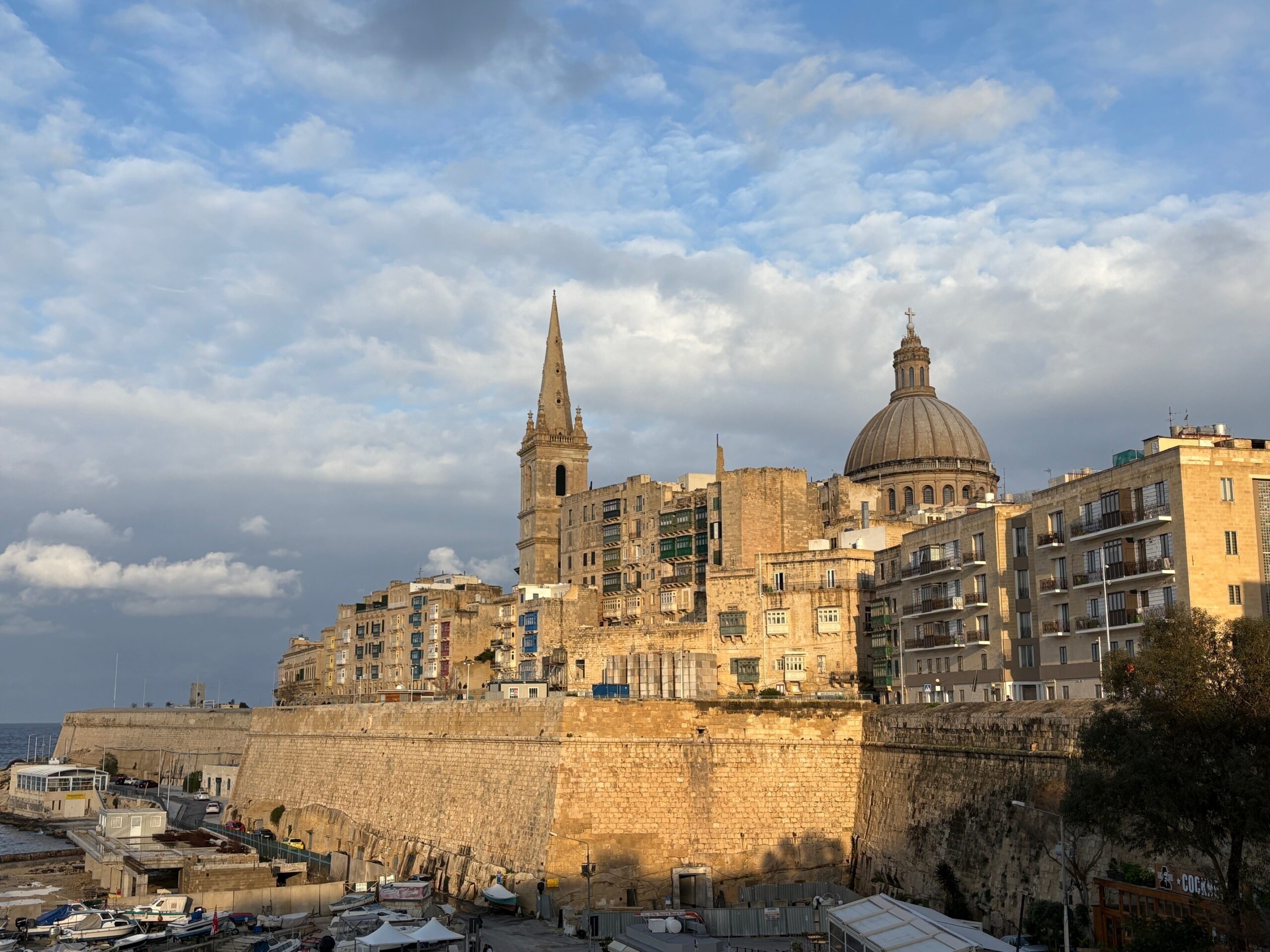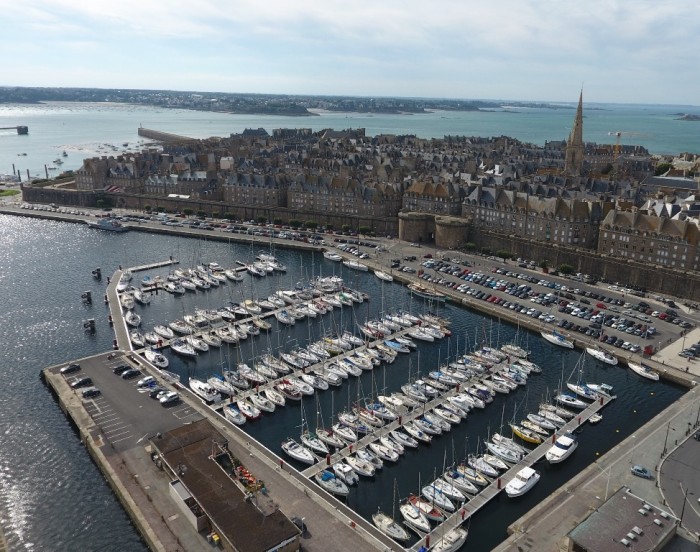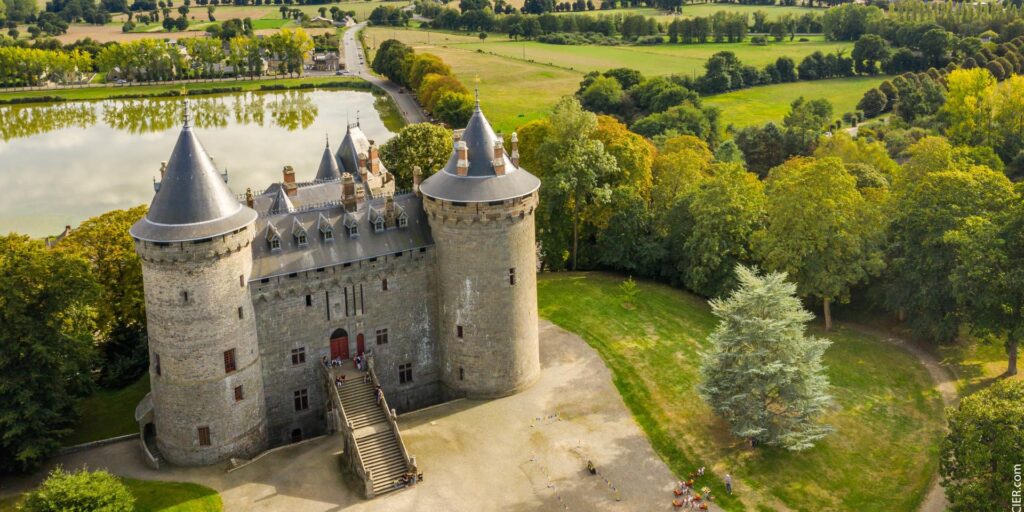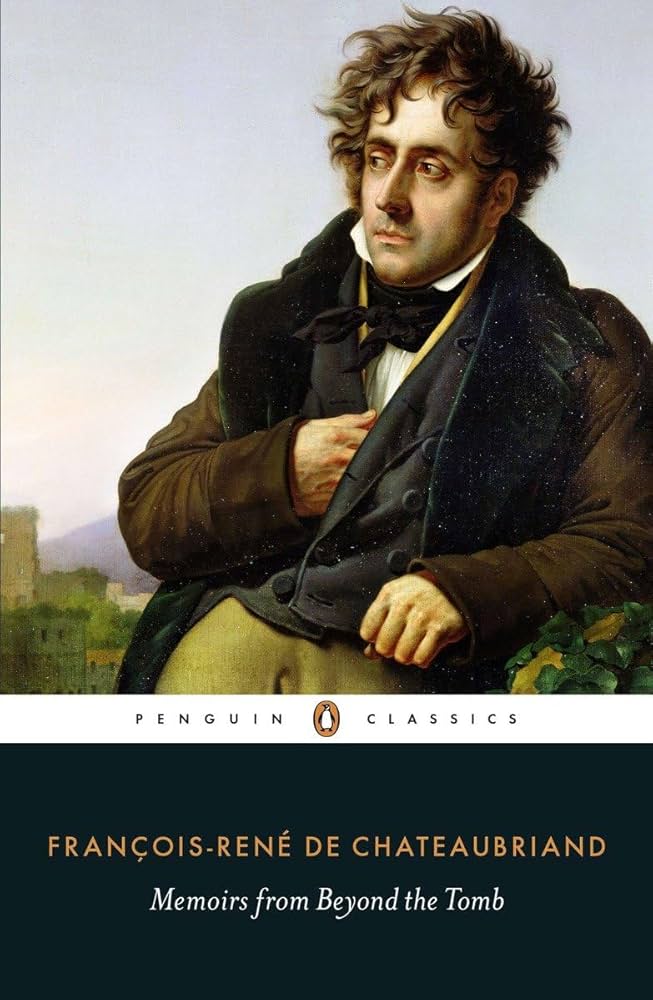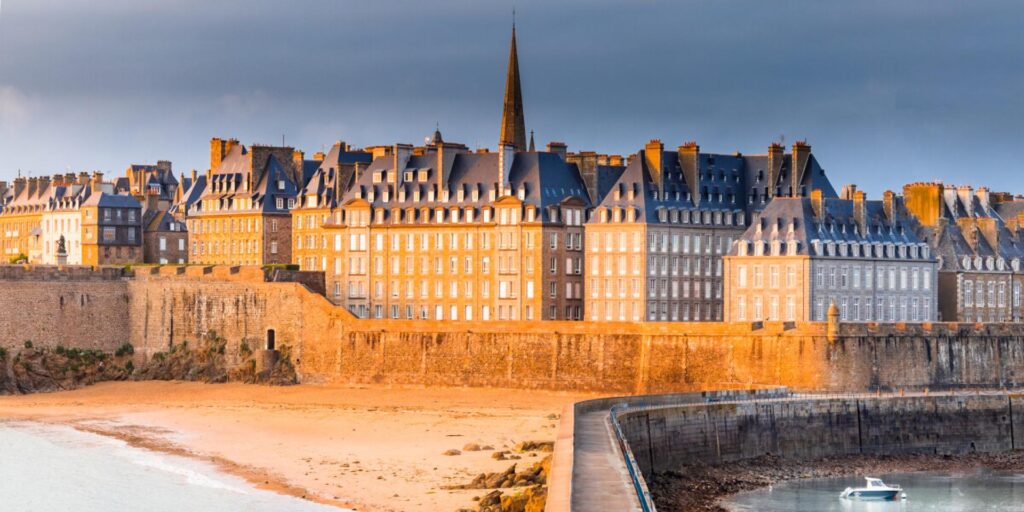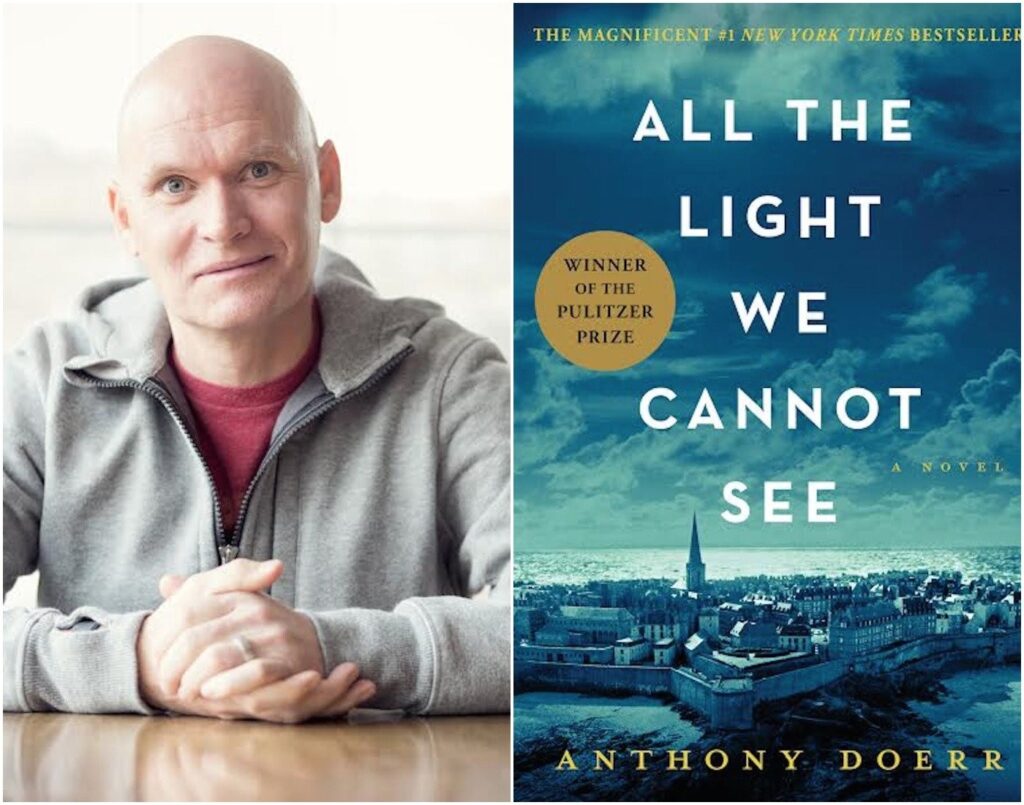My first visit to Saint-Malo was when I was a Scout patrol leader. We began our three-day hike at Mont Saint-Michel. The leaders then set us an itinerary in Britanny that included Saint-Malo, Dinard, Dinan and Combourg. I’d already studied a few passages by Chateaubriand (1768-1848) in my French classes, so I couldn’t resist walking along the beach at low tide to see the Grand Bé, the peninsula off Saint-Malo on which the author of “Mémoires d’Outre-Tombe (Memoirs from Beyond the Grave)” chose to be buried.
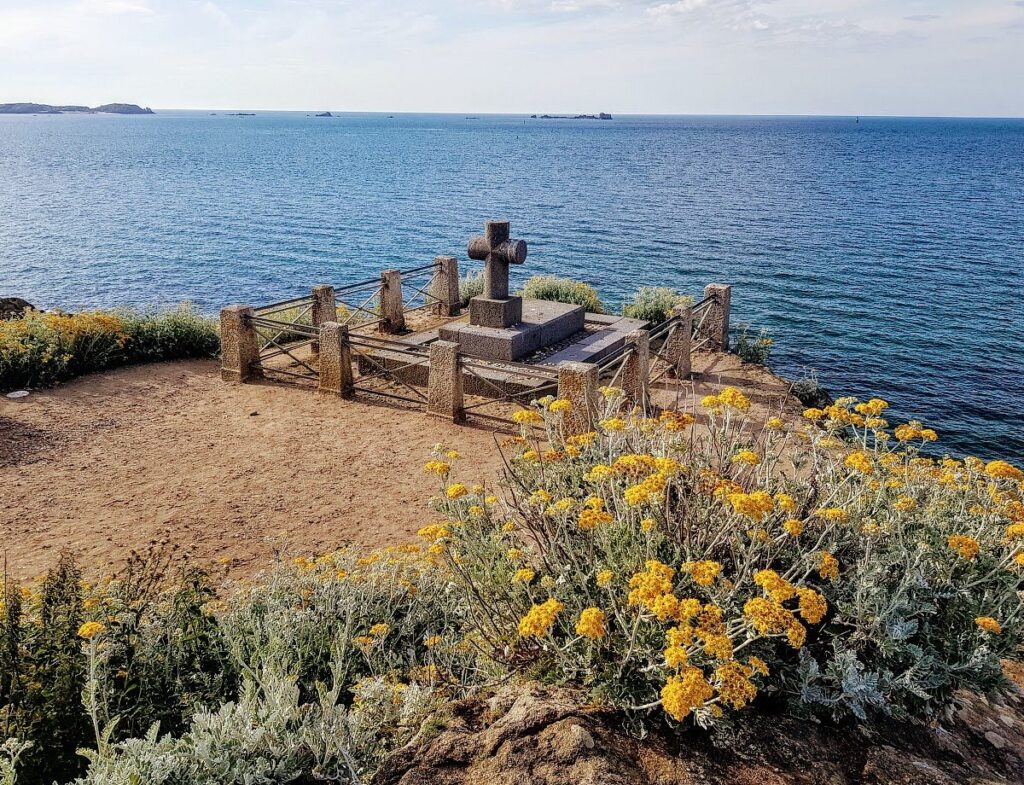
Then, with my patrol, we headed for the Saint-Malo marina. Scout hike rules are clear: no hitchhiking. But when it comes to “sailboat hitchhiking”, that’s open to interpretation. So, we found a yachtsman about to leave port who was kind enough to take us aboard his boat to Dinard, on the other side of the mouth of the Rance, saving us more than two hours’ walk. Our captain didn’t hesitate to put us to good use, and it was one of my first experiences aboard a sailboat.
A few days later, arriving in Combourg, we walked along the walls of the castle where François-René de Chateaubriand, the leader of French Romanticism, spent his youth. The castle can be visited, but the patrol’s budget wouldn’t allow us to spend the money. I took then the liberty of leading my companions over the property’s perimeter wall, so that we could stroll through the superb park and admire the walls of this austere-looking château from afar. In his memoirs, the man known to his contemporaries as “L’Enchanteur” wrote: “It was in the woods of Combourg that I became what I am”.
I’ve long been fascinated by Chateaubriand’s character, particularly following the television adaptation of “Mon dernier rêve sera pour vous (My last dream will be for you)”, the biographical novel in which Jean d’Ormesson recounts the eventful life of the Vicomte, focusing on his sentimental adventures. But it was only a few months ago that I decided to read the entire Mémoires d’Outre-Tombe. Two volumes in the Pléiade, more than two thousand pages! It’s a fascinating journey through a life that combines history and politics – from the French Revolution to the July Monarchy, via Napoleon and the Bourbons – travel (in America and the Orient), literature and the passions of love. In this monumental work, it is the pages about Combourg that are among the most moving. The episode of “La Grive (The Thrush)”, written in 1817, almost 30 years after his youth in Brittany, is one of the most famous passages of the Romantic period, and in some ways already foreshadows Proust’s famous “Madeleine”.
“I was drawn from my reflections by the song of a thrush perched on the topmost branch of a silver birch. In a moment, its magic brought the family home before my eyes; I forgot the catastrophes I had witnessed, and suddenly transported into the past I revisited those fields where I had so often heard the song of the thrush. When I listened to it then, I was as sad as I am now; but that first sadness was one which is born from a vague desire for happiness, while one still lacks experience; the sadness that I feel now arises from knowledge of things assessed and judged. The song of the bird in the woods of Combourg sustained that bliss in me that I thought to attain; the same song in the park of Montboissier recalled days lost in pursuit of that unachievable bliss. There is nothing more for me to learn; I have travelled faster than others, and made the tour of life”. (François de Chateaubriand, Mémoires d’Outre-Tombe, Part I, Book III, Chapter I).
I later returned to Saint-Malo, where Chateaubriand was born and buried, alone, facing the ocean, in a posture that must not have displeased this genius who was not stifled by humility. But what I didn’t know when I visited this superb town, with its churches, houses and blue slate roofs grouped together as if in a cocoon of walls surrounded by the sea, was that during a fierce battle between the Germans and Americans in August 1944, it was almost entirely destroyed before being rebuilt.
The battle to liberate Saint-Malo is the climax of Anthony Doerr’s splendid novel “All the Light We Cannot See”. This sensitive, well-written and well-crafted book has been adapted into a TV series for Netflix. It’s the parallel story of Marie-Laure Leblanc, a young blind Frenchwoman whose father is a locksmith at the Museum of Natural History in Paris, and Werner Pfennig, a German orphan with a passion for radio and the airwaves, who is recruited to become an engineer at a Hitler school. The war soon determines their itineraries, bringing them both to Saint-Malo. Marie-Laure has taken refuge with her great-uncle in the old town, while Werner uses triangulation to identify the position of a resistance fighter who is informing the Allies about German positions in Brittany.
